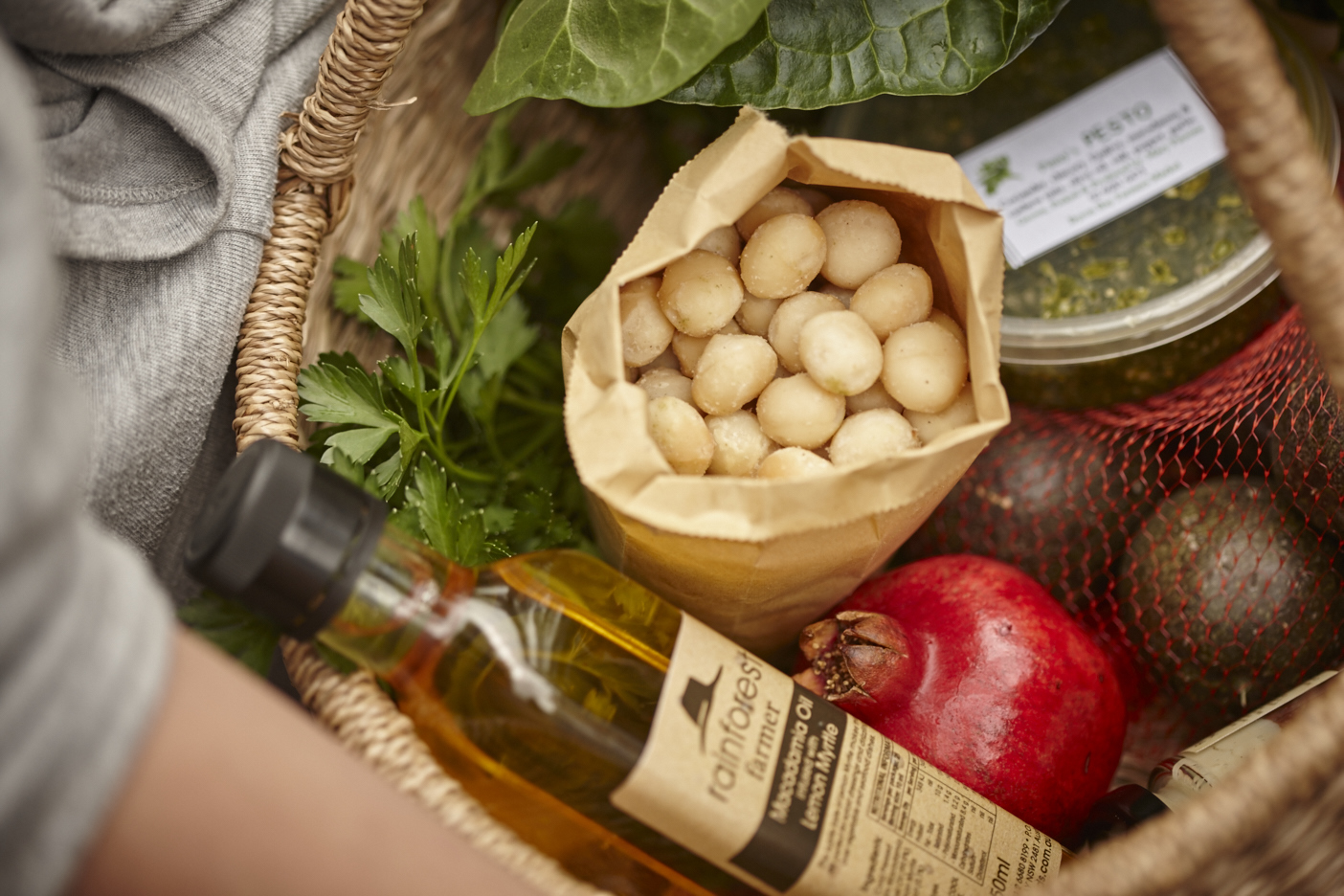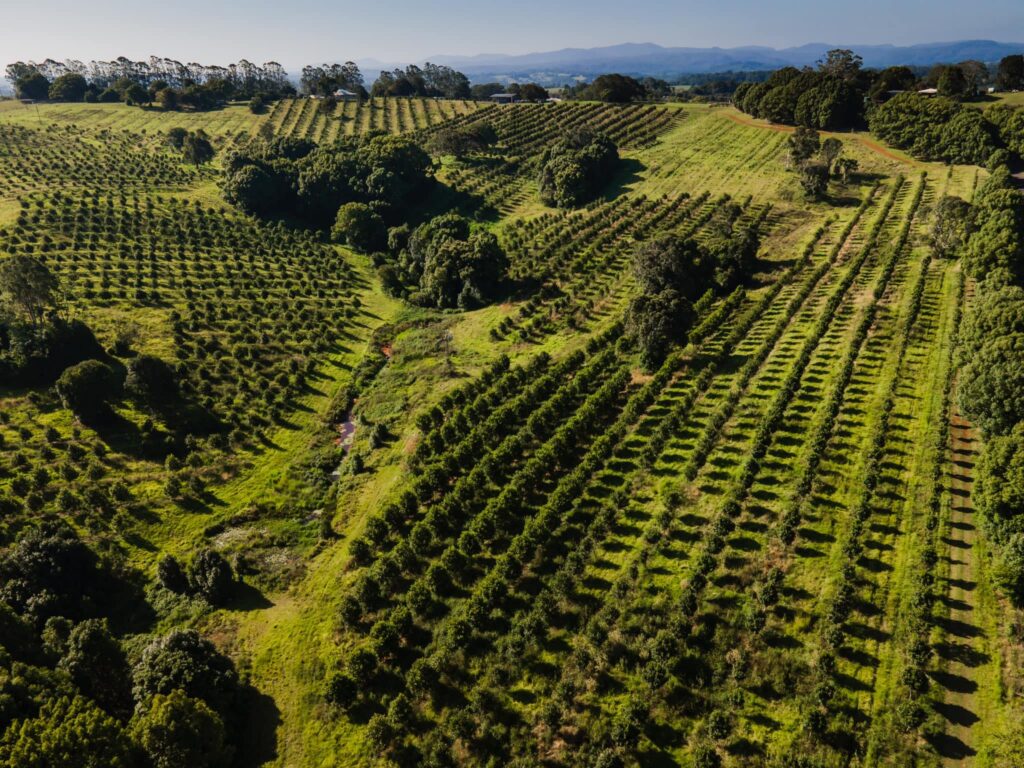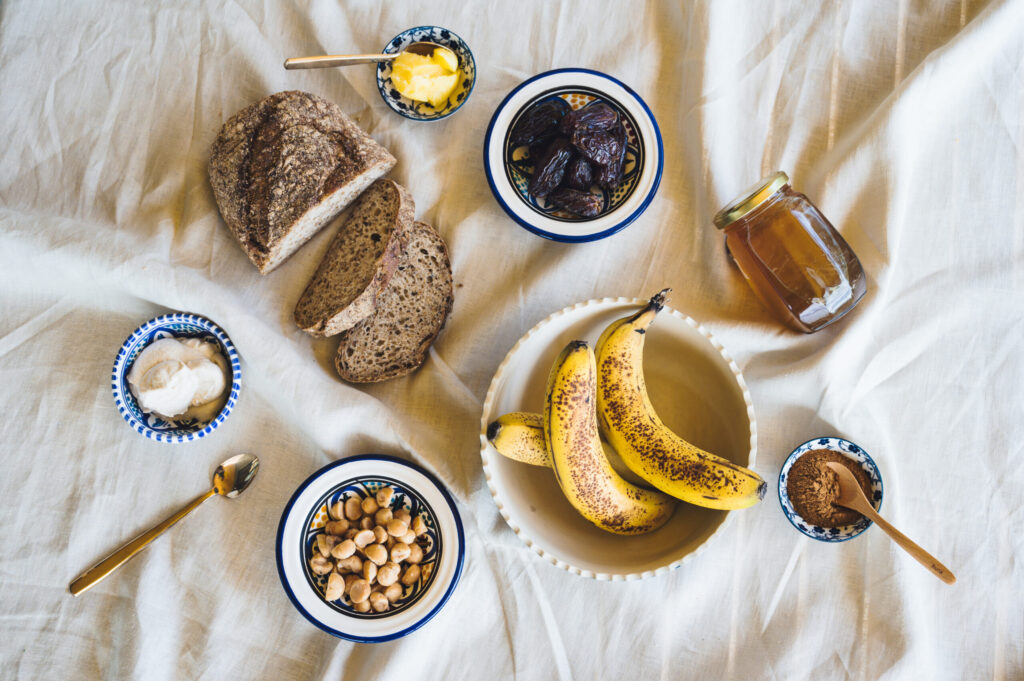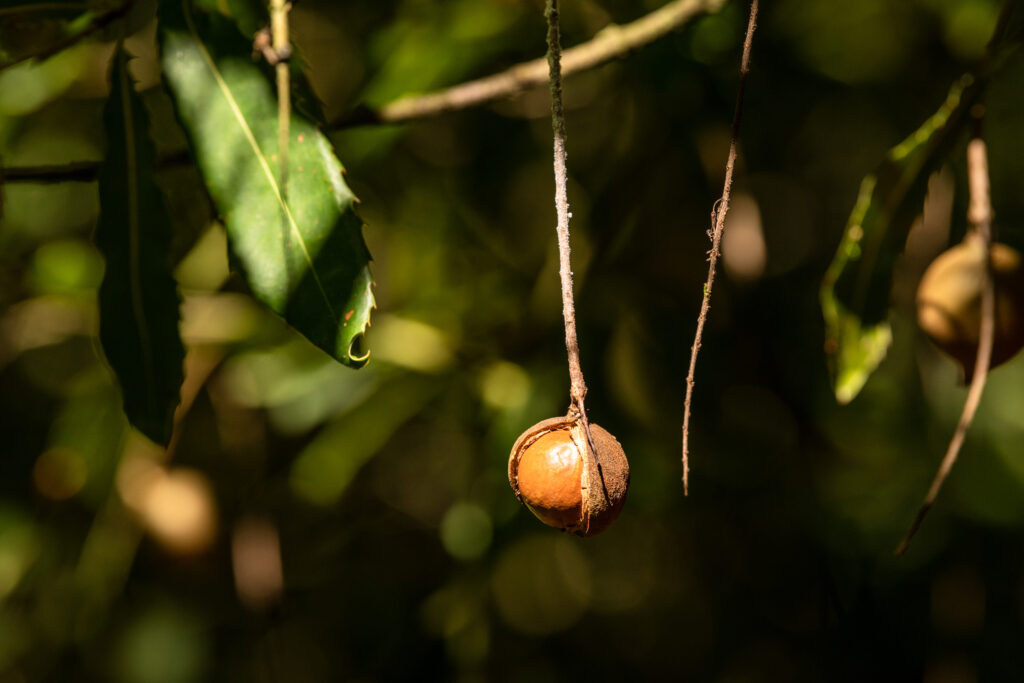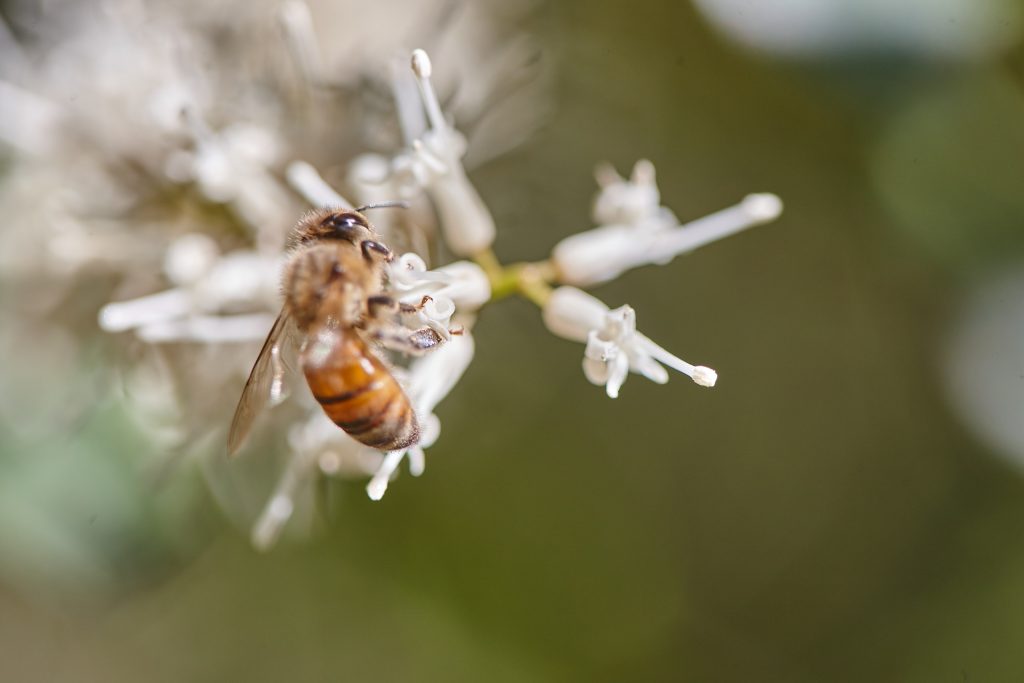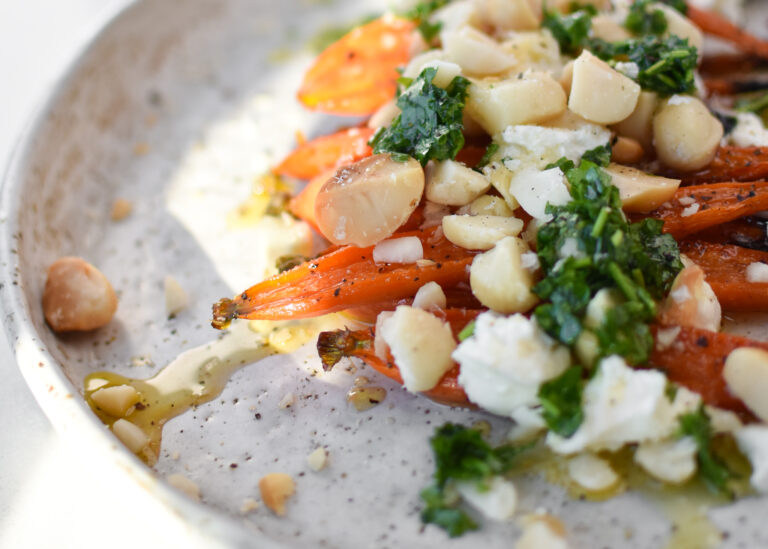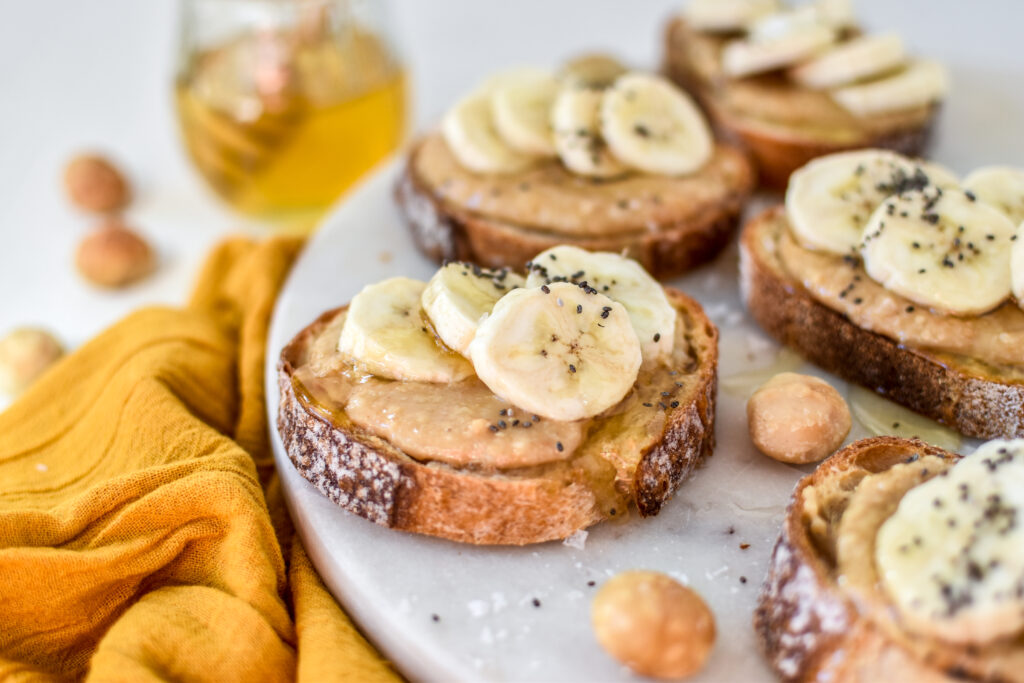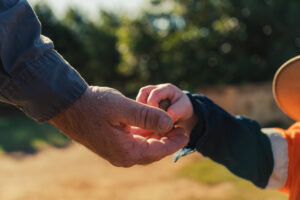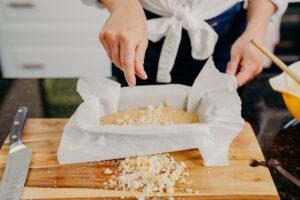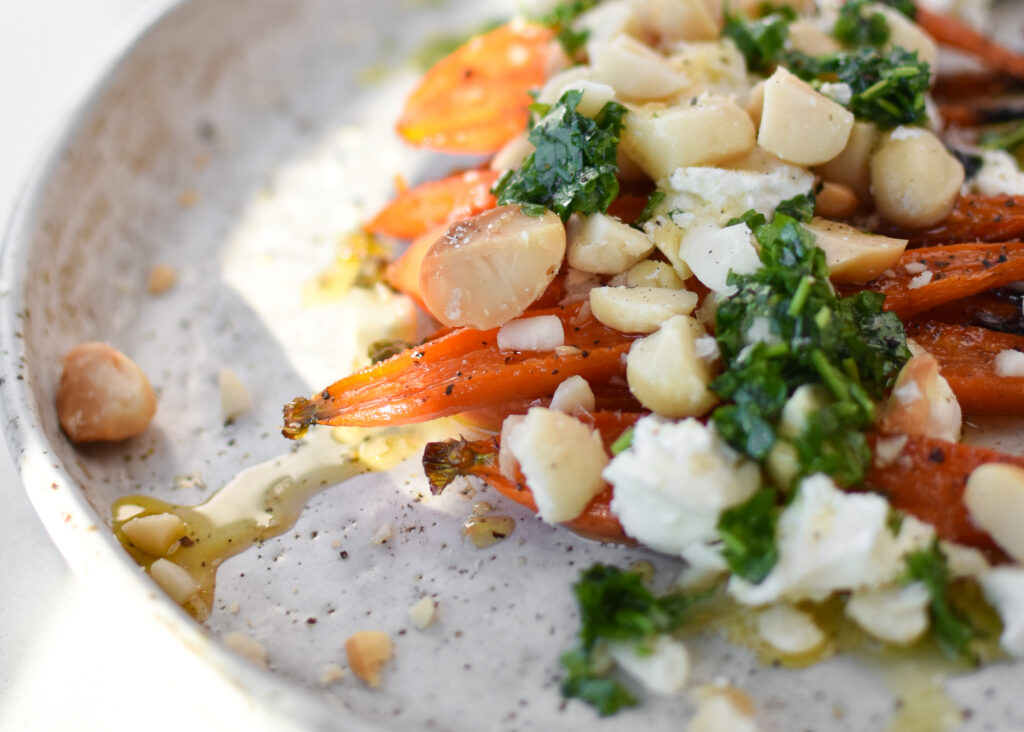Do you take reusable shopping bags with you each time you shop? Are you diligently using your keepcup for each latte? If so, congratulations! You are one of the millions of Australians who are reducing their ecological footprint and helping protect the planet one small habit at a time.
What is an ecological footprint?
An ecological footprint is the amount of the earth’s natural resources that we use up to support our lifestyle. Researchers shorten this term to “foodprint” when talking specifically about the environmental impact of the way we eat. This includes all aspects of the food system – even the ones that we may not see – like agriculture, transport and waste. Across the world a lot of research goes into working out how to make our diets both healthy and sustainable. It’s a complex topic, with lots of variables to consider, but there are some fairly consistent recommendations around how to make the way we eat, and therefore how we shop for food, more sustainable.
Healthy and sustainable shopping tips
Are you ready for your next steps towards sustainability? By adopting and prioritising these three simple shopping habits, you are helping to reduce your household’s foodprint. But these habits don’t just protect the planet, they are also great for your waistline and your wallet!
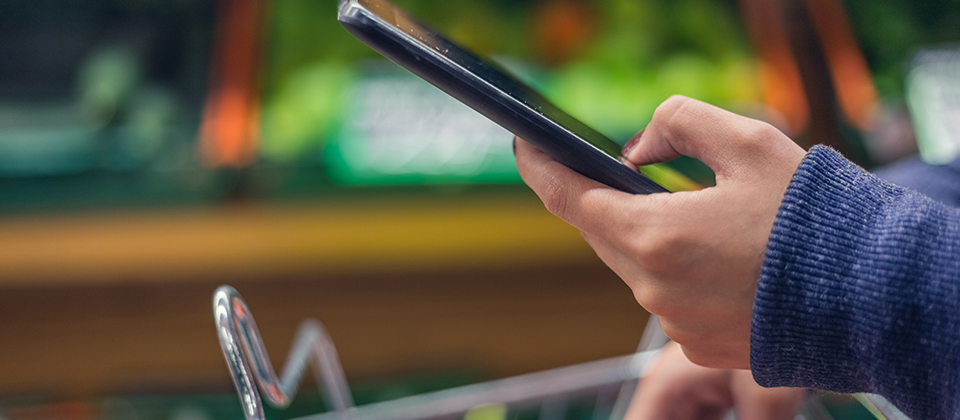
1. Make a list
Purchasing excess food that eventually goes to waste increases your foodprint, not just by using excess natural resources but by generating extra landfill and greenhouse gas pollution. Avoid this waste completely by taking a moment to jot down what you and your household would like to eat in the coming week before you head to the shops. Check the cupboards and fridge to see what you already have, then make a list of the items that you need to purchase to make those meals. This is your chance to take time out to browse cook books or blogs and recipe sites for meals that inspire you. The critical thing is that you end up with a list of the items you will need for the coming week. Sticking to this list will stop you from buying food that might go to waste.
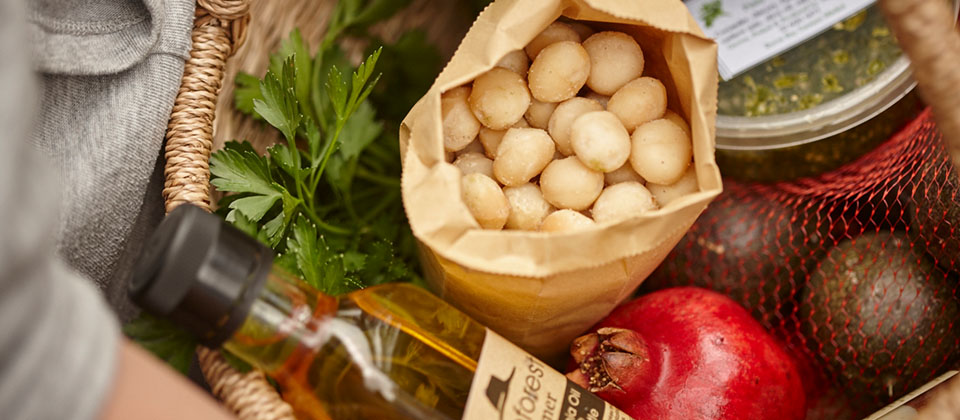
2. Choose fresh, seasonal produce
The next tip is to choose fresh, minimally processed products. A lot of energy (which creates extra greenhouse gas emissions) goes into making highly processed and packaged foods, so these are best avoided. Sometimes it can be difficult to walk into a supermarket and know what is processed and what isn’t. However, a great general rule is “stick to the perimeter of the supermarket”.
Instead of highly processed, packaged snacks (like chips, biscuits and lollies), look for snacks in the fruit and vegetable section of the supermarket. A handful of nuts, like macadamias, is a healthy and sustainable option. Choose the foods that are in season around you to make sure you are getting the freshest food at the best price.
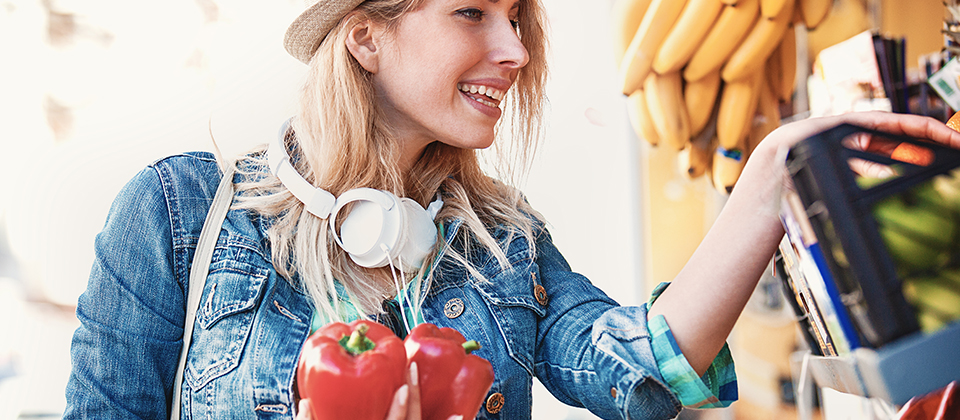
3. Reduce the meat, eggs and dairy in your trolley
Animal products (meat, eggs and dairy) have a high ecological footprint. You can make your shopping trolley more sustainable by choosing less of these products and including plenty of healthy plant-based proteins in your basket. If you are used to eating meat at every meal, don’t worry – this is a delicious habit to cultivate! Try incorporating a meat-free Monday into your week when you plan your meals and experiment with delicious plant-based alternatives to dairy products to get you started.
Let us know how you go with these sustainable shopping tips, pop over to our Facebook page and leave a comment.
